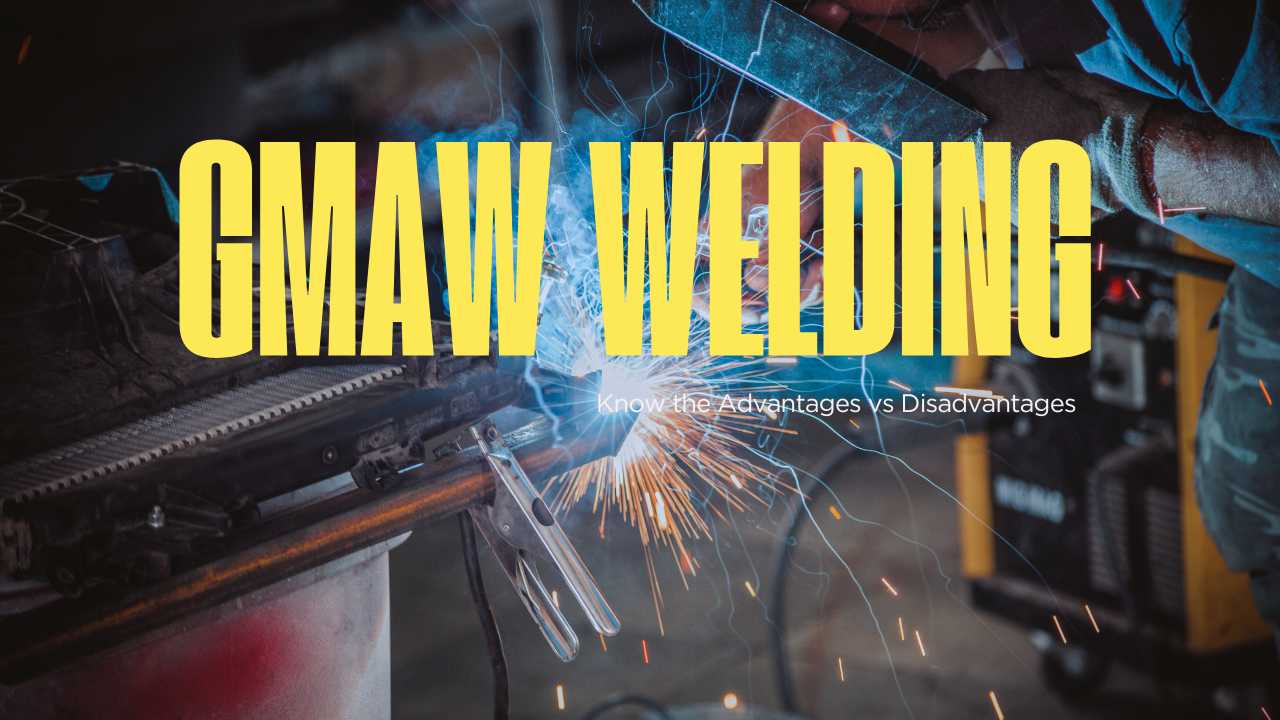Appendix
Introduction
Gas Metal Arc Welding (GMAW), commonly known as MIG welding, is one of the most popular welding methods in the industry. It is known for its high efficiency and ability to create clean, strong welds. However, like any welding technique, GMAW has its advantages and disadvantages when compared to other methods, such as Shielded Metal Arc Welding (SMAW).
In this blog, we will explore the pros and cons of GMAW welding, focusing on the name 4 disadvantages of GMAW comparison to SMAW welding to help you make an informed decision for your welding needs. Learn more about GMAW welding at Dew’s Foundry.
What is GMAW Welding?
GMAW welding is a semi-automatic or automatic process that uses a continuous wire electrode fed through a welding gun. A shielding gas protects the weld area from contamination, ensuring high-quality welds. This method is commonly used in manufacturing, automotive repair, and metal fabrication.
Advantages of GMAW Welding
Advantage 1: High Efficiency
GMAW welding allows for continuous welding without the need for frequent electrode changes, increasing productivity and reducing downtime.
Advantage 2: Clean Welds
The use of shielding gas minimizes slag formation, resulting in cleaner welds that require less post-weld cleaning.
Advantage 3: Versatility
GMAW can be used to weld a wide variety of metals, including carbon steel, stainless steel, and aluminum, making it suitable for diverse applications.
Name 4 Disadvantages of GMAW Comparison to SMAW Welding
Disadvantage 1: Sensitivity to Wind
GMAW relies on shielding gas, which can be easily disrupted by wind, making it less effective for outdoor applications compared to SMAW.
Disadvantage 2: Higher Equipment Costs
The initial cost of GMAW equipment, including the welding machine, shielding gas cylinders, and wire feeder, is significantly higher than SMAW setups.
Disadvantage 3: Limited Portability
GMAW welding equipment is bulkier and less portable than SMAW, making it less ideal for fieldwork or remote locations.
Disadvantage 4: Limited Material Thickness
While GMAW excels at welding thin to medium-thick materials, it struggles with thicker metals that require deeper penetration, which SMAW handles more effectively.
Comparison Table: GMAW vs. SMAW Welding
| Feature | GMAW Welding | SMAW Welding |
|---|---|---|
| Equipment Cost | High | Low |
| Portability | Limited | High |
| Ease of Use | Moderate | Simple |
| Material Versatility | High | Moderate |
| Outdoor Suitability | Low | High |
| Weld Quality | Clean | Requires Cleaning |
Conclusion
GMAW welding offers numerous advantages, such as high efficiency, clean welds, and versatility, making it a preferred choice for many industries. However, it also has its drawbacks, including sensitivity to wind, higher equipment costs, limited portability, and challenges with thick materials compared to SMAW welding. Understanding these factors can help you select the most suitable welding method for your specific needs.
If you’re looking for reliable GMAW welding services, contact Dew’s Foundry to learn more about their expertise in steel fabrication and advanced welding techniques.



